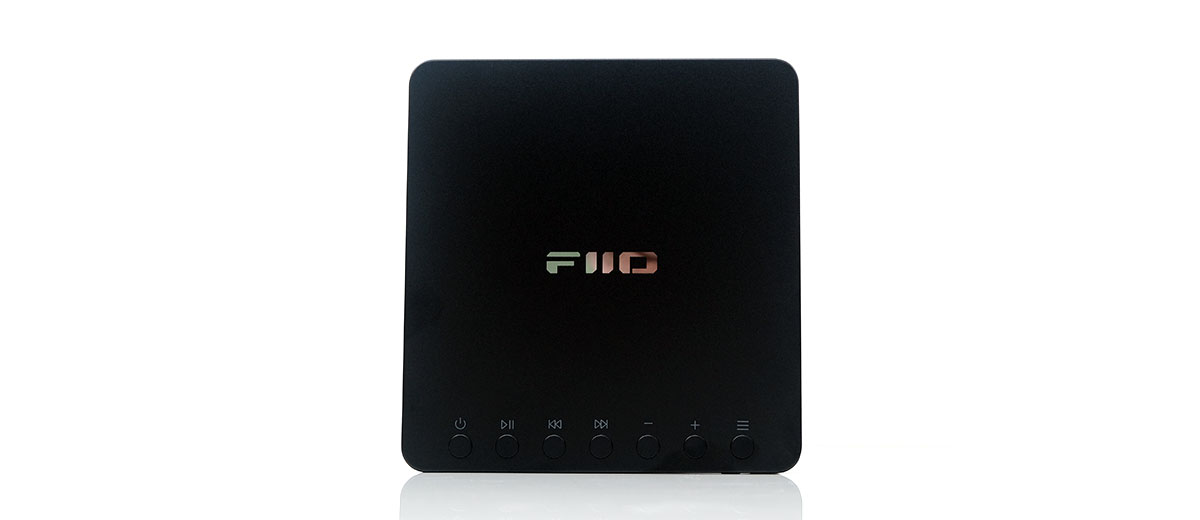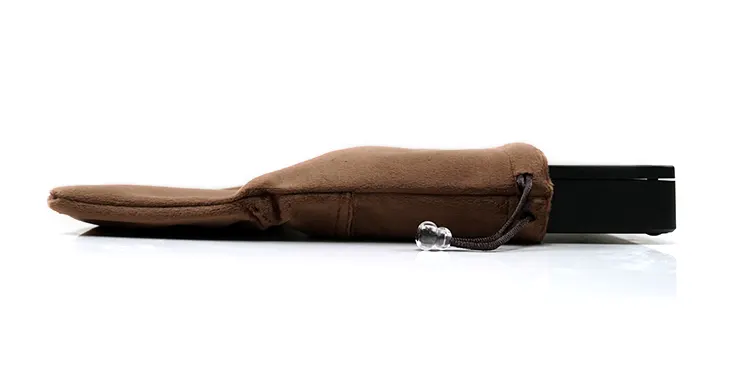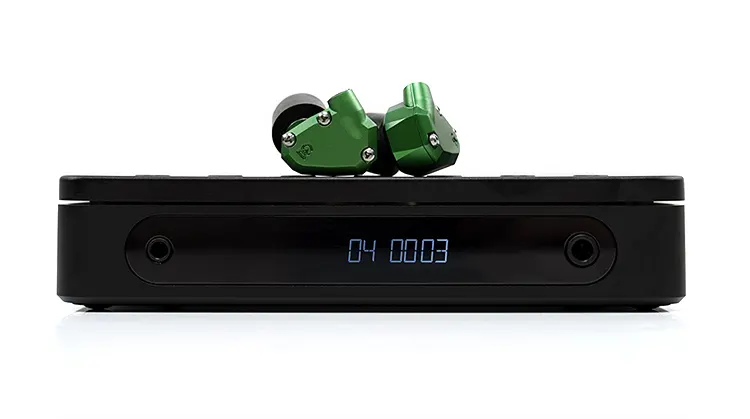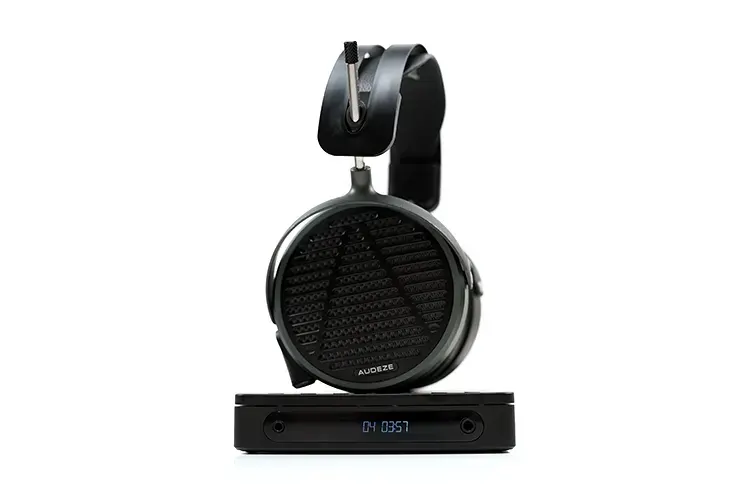Sound Impressions
The following DM13 sound impressions were completed using the direct headphone output and a mix of the Campfire Audio Andromeda 2020, the THIEAUDIO Monarch MKIII, and the Audeze MM-500.
Summary
Of the portable CD players I have tested thus far, the DM13 is the most powerful, suitable for punchy IEMs and more demanding headphones with a certain coloration or sound signature.
With certain FRs, the DM13 is an ideal match, particularly for those with a strong bass-to-mids separation or a neutral-to-bright tuning, such as the MM-500. Bass-heavy or dark-sounding gear can sound a little too rounded and soft in its performance, veiling some of the DM13’s midrange clarity.
Other players, such as the DISCDREAM 2, offer a bit more clarity in the mids and highs and a slightly tighter image, but the one thing the DM13 does better is the rich texture and detail in note timbre.
The stronger fundamental is a factor in creating a fuller, ‘fleshier’ tone throughout, and that is something you can easily pick up when A/B’ing against neutral players such as the DISCDREAM 2 and the new SMSL PL100, which I just received for review a few days ago.
The DM13’s dual DAC setup combined with the additional power from its balanced output can be a difference-maker here. Only the more expensive DISCDREAM 2 Ultra’s balanced output delivered a worthy rebuttal to the DM13’s immersive soundstage and dynamic range.
If there is a negative point, I would point you in the direction of the elevated bass bloom through the upper bass into the lower mids. At times, it can mask its relaxed mids and vocal imaging relative to the aforementioned competing players’ clearer and more intimate equivalent.
The key positive is its excellent balanced output, which delivers a pleasing and energetic performance from the MM-500 and sounds compressed and flat on the weaker DISCDREAM 2 and PL200 SE outputs.
BT Audio Performance
I tested the DM13 BT connection with the Focal Bathys wireless headphones and the hybrid dynamic and planar Huawei Freebuds Pro 2 TWS.
Both connected to the DM13 without any issues but for some reason, it paired and then dropped the connection to a Noble Audio FoKus Mystique TWS so there is going to be some trial and error here on compatibility.
Unsurprisingly, the wireless audio performance sounded a bit softer and less precise. Subjectively, it sounded slower and less vibrant compared to the DM13’s wired output using the Focal Bathys.
There is still some shared inherent smoothness in the wired and wireless connections but overall, the performance felt more attenuated in the highs and not quite as well defined in the lows.
However, I must remark that the stability and range of this pairing were excellent. With “line of sight,” I easily walked 20 to 30 meters without any stuttering or dropout. Only at 20 meters with one wall in between did I get a hint of signal breakup.
The Huawei Freebuds Pro 2 lacks aptX, going from SBC to LDAC. Since the DM13 has no LDAC capability, it defaulted to an SBC connection with the earbuds, which is nowhere near as good as the LDAC performance of my Samsung S23 Ultra. It is much too soft and polite, lacking in bite, punch, and treble extension.
If you are going to connect any BT gear to the DM13, make sure it has aptX HD, ideally, or at least aptX to give any playback decent depth and clarity.
Synergy
The FiiO DM13 comes equipped with balanced and single-ended pre-outs rated at 5Vrms and 2.5Vrms respectively making it a suitable source component for pairing with more powerful desktop amplifiers.
It also offers a single 3.5mm output port that can be adapted for coaxial and optical output to 3rd party DACs. You an decide which one to use via the onboard software GUI menu system.
Analog Pre-Out
I preferred the balanced analog output for hooking the DM13 up to a more powerful headphone amplifier to drive demanding headphones.
I hooked up both the 3.5mm and 4.4mm outputs directly to the Ferrum OOR with the Audeze MM-500, and the additional Vrms from the balanced connection produced a more vibrant and dynamic performance.
The SE 2.5Vrms is good; it’s not lacking, and I know some will prefer the calmer sound signature. Rather, it lacked the driver and ‘oomph’ of its balanced counterpart for modern pop and rock recordings.
Going direct, however, will amplify the DM13’s decoding capability which has less detail and dynamic range than using the DM13 as a transport with a digital connection into a decent desktop DAC.
Digital Out
If you are going the SPDIF route I would opt for coaxial over the optical alternative with the DM13.
Granted, working it as a transport means a lot of the performance will come down to how the third-party DAC decodes the incoming signals, but after testing both connections with the Ferrum WANDLA GSE/OOR pairing and the Topping DX9, I got the same impression with each.
With the coaxial output and using the Audeze MM-500 via a balanced output from the DX9 and the OOR, the DM13 sounded cleaner, punchier, and more controlled than the optical alternative.
Going optical sounded a little softer and slower, with more bass bloom and not as tight-sounding. The tone was more euphonic, especially with the female vocal timbre, which actually sounded quite pleasing with the neutral MM-500’s strong ear gain region.
However, the optical connection lacked the resolution and dynamics of the coaxial output and that is where I really wanted to be with the MM-500/OOR pairing.
Pairings
At 660mW into a 32Ω load, the DM13 is the most powerful portable CD player for headphone performances I have reviewed thus far. You can get more powerful, such as the 1W capable SMSL PL200, but that is a more expensive desktop unit.
Compared to the MOONDROP DISCDREAM 2, the Ultra version, and the new SMSL PL100 transportable CDP, the DM13 is far more capable with headphones in general.
This is especially true with neutral or brighter-tuned variants such as the Audeze MM-500 which gels much better with the DM13’s smoother and richer sound signature.
The DM13’s additional power in balanced mode is an advantage that is difficult to replicate at this price point.
That being said, for more efficient headphones or those that are already quite bassy and warm-sounding, the cleaner-sounding DISCDREAM Ultra or even the neutral PL100 might suit your preferences.
The weighty and warm DM13 sound signature can mask some midrange detail and blow out the lows with energetic bass recordings that dig quite deep.
For IEMs, there is loads of headroom and a low noise floor from the DM13. IEMs with a good bass-to-mids separation or a clean, neutral-to-bright tonal signature do best with the DM13.
For example, the THIEAUDIO Monarch MKIII sounded rich and resolving when paired with the DM13. You can improve the dynamic range and channel separation more on its balanced output.
Compared to the DISCDREAM 2 and the PL200, I felt the note texture was more detailed and the staging depth more convincing using the Andromeda 2020.
While the alternative players, instrumental timbre is cleaner with superior midrange clarity and vocal presence, their percussion and string note quality is a bit too polished compared to the DM13.





